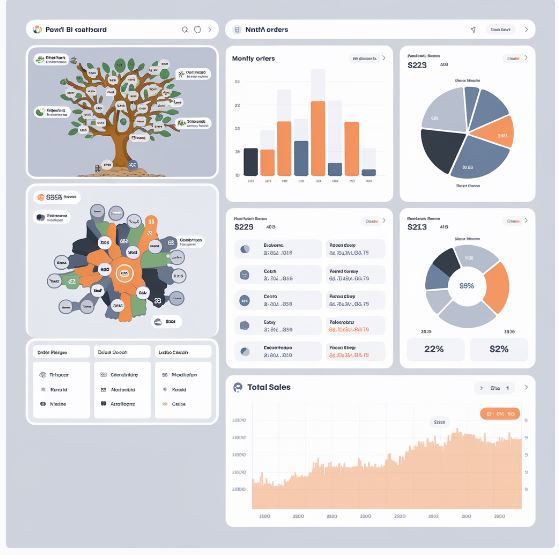Data altar of sacred analysis deep dive

In the era of big data and analytics we have made data a sacred cow. This has given rise to what we can call the Data Altar of Sacred Analysis, a place where data is collected, processed and analyzed to get deep insights. This post will go into the details, the importance and best practices of the Data Altar of Sacred Analysis.
The Data Altar
The term “Data Altar” means data is at the heart of modern decision making. Just as altars are at the center of religious practice, data altars are at the core of business strategy. They are the platforms and systems where data is stored, managed and analyzed with care.
The Pillars of the Data Altar
- Data Collection
Sources: Customer interactions, social media, sensors, internal systems
Methods: Surveys, web scraping, IoT devices, transactional records
2. Data Processing
Cleaning: Data quality
Transformation: Raw data to usable
Integration: All sources into one view
3. Data Storage
Databases: SQL and NoSQL (MongoDB)
Data Lakes: Raw data in native format (big data)
Cloud Storage: AWS, Google Cloud, Azure
4. Data Analysis
Descriptive Analytics: Historical data
Predictive Analytics: Statistical models and machine learning
Prescriptive Analytics: Recommendations
5. Data Visualization
Tools: Tableau, Power BI, D3.js
Techniques: Charts, graphs, dashboards, interactive
Sacred Analysis Matters
- Informed Decision Making
Analyze data, not intuition. Data-driven decisions are more accurate and reliable.
Decisions based on evidence.
2.Trends and Patterns
Uncover hidden patterns and trends to inform strategy.
Customer behavior, market trends, operational inefficiencies.
3. Efficiency
Find bottlenecks and areas to improve.
Optimize processes and save cost and time.
4. Customer Experience
Know customer preferences and behavior. Tailor your offering.
Personalization based on data analysis = happiness and loyalty.
Sacred Analysis
- Informed Decision Making
Decide based on data, not intuition. Data-driven decisions are more accurate.
Evidence-based.
2. Trends and Patterns
Find hidden patterns and trends to strategy.
Customer behavior, market trends, operational waste.
3.Efficiency
Where to improve and bottlenecking.
Optimize and save time and money.
4. Customer Experience
Preferences and behavior of customer. Offerings to tailor.
Personalization based on analysis = happiness.
Best Practices for Sacred Analysis
- Data Governance
Data governance policies in place for data quality, privacy and security.
Who owns the data and who’s accountable?
2. Advanced Analytics Techniques
Machine learning, AI, statistical methods.
New tools and technologies in data analytics.
3. Interdisciplinary
Data science, business, IT.
Collaboration and knowledge sharing across the business.







